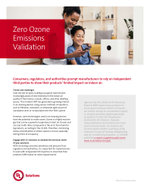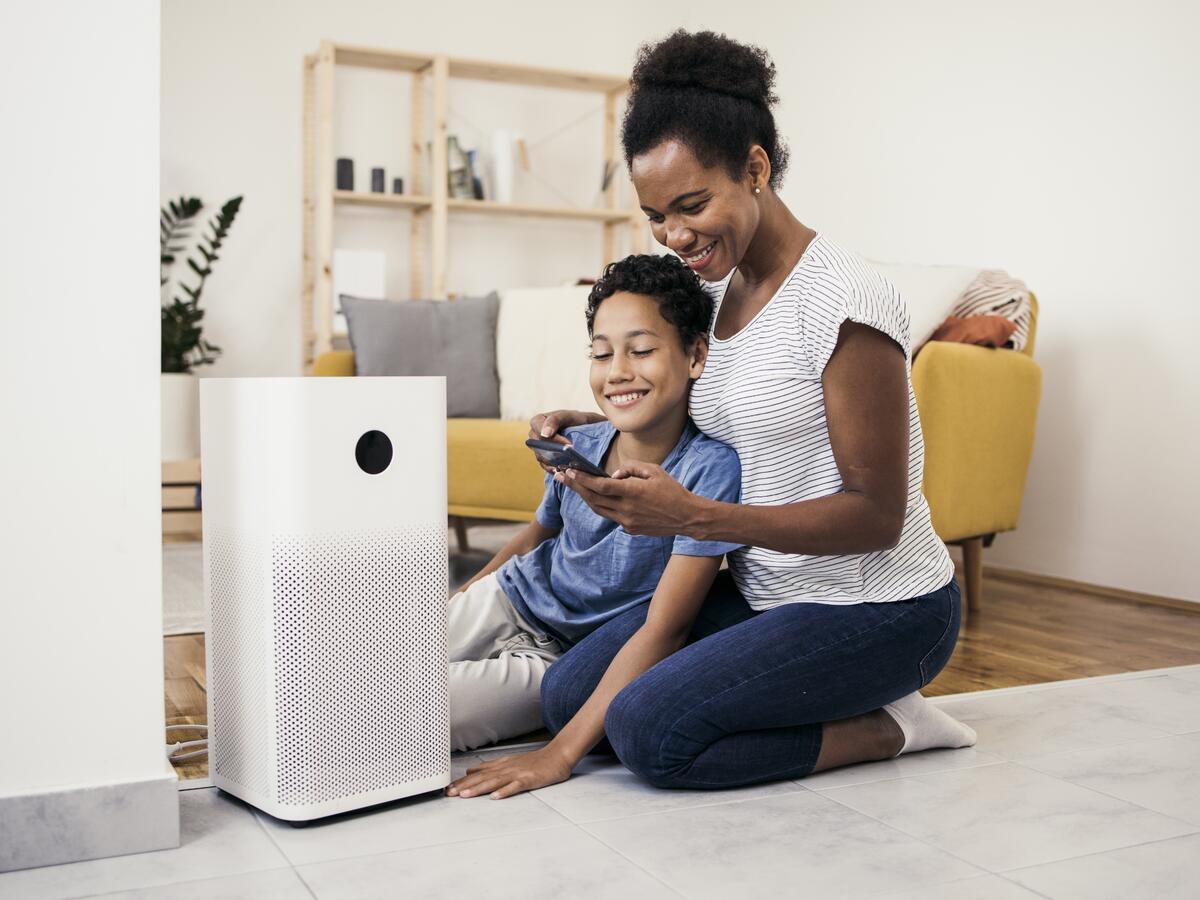
Zero Ozone Emissions Validation for Air Cleaners
Due to increasing consumer demands and pressure from regulatory authorities, manufacturers must engage with independent third parties to demonstrate compliance of their products’ emission levels.

Over the last 30 years, building occupants have become increasingly aware of and interested in the indoor air quality of their homes, schools, offices and other spaces. This mindset shift has generated a growing interest in air cleaning devices using various methods of operation, such as filtration, ionization or ultraviolet light as part of standalone units or incorporated into the HVAC system. Demand for such products has increased dramatically with the onset of the COVID-19 pandemic.
However, some technologies used in air cleaning devices have the potential to create ozone. Ozone is a highly reactive gas that can be a powerful respiratory irritant on its own and can react with other compounds in air to form harmful byproducts, according to the US EPA. Therefore, minimizing ozone concentrations in indoor spaces is crucial, especially during times of occupancy.
Agencies like the California Air Resources Board (CARB) require many products to show ozone emissions below 0.050 parts per million volume air concentration (ppm) or 50 parts per billion (ppb) respectively, as tested to UL 867, the Standard for Electrostatic Air Cleaners. However, many authorities recommend even lower ozone emission levels. For instance, the Environmental Health Committee of the American Society of Heating, Refrigerating and Air-Conditioning Engineers, or ASHRAE, published a report suggesting safe ozone levels to be below ten ppb.
Our Environmental Claim Validation program for Zero Ozone Emissions from Air Cleaners (UL 2998) was created to help manufacturers ensure their devices’ ozone levels stay below the quantifiable limit of detection of 0.005 ppm (5 ppb). This value represents the most stringent criteria available today and is 1/10 of the regulatory requirement of 0.050 ppm (50 ppb) ozone.
UL 2998 covers air cleaning products such as:
UL 2998 is recognized by leading authorities as:
Products validated to UL 2998 are tested at least every three years, with surveillance audits occurring in non-testing years to ensure continued compliance and evaluate changes in product materials and/or manufacturing that may alter ozone emissions.
Products that achieve UL 2998 may use the UL Environmental Claim Validation (ECV) badge on packaging and marketing materials. This badge communicates to customers and prospects that your products have been tested and independently validated by a neutral third party — providing you with a distinct market advantage.
Additionally, validated products are featured on the UL SPOT® Product Guide, a complimentary online tool that enables specifiers and other purchasers to identify products by product category, company name, product name or type of claim.

Zero Ozone Emissions Validation for Air Cleaners
Have questions, need specifics? Let's get this conversation started.